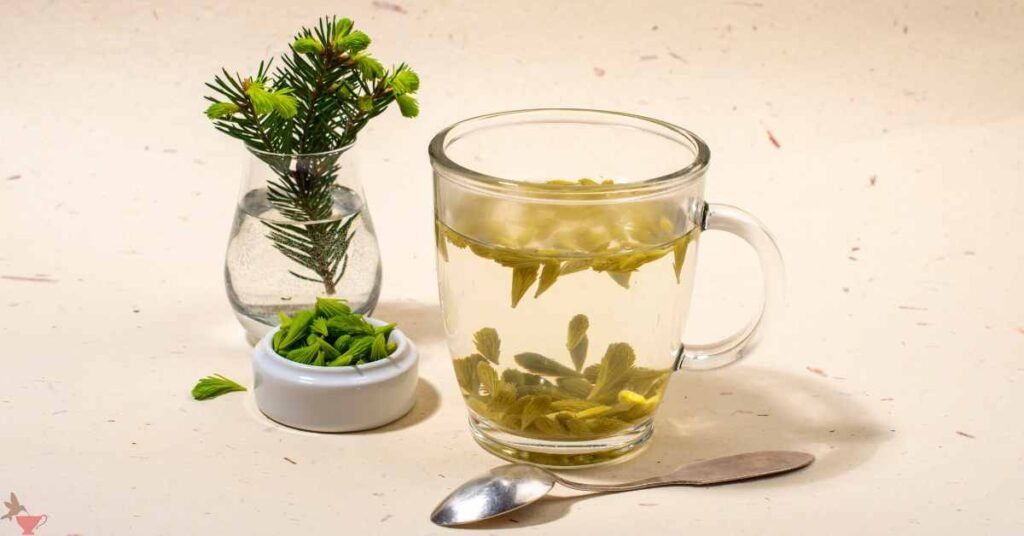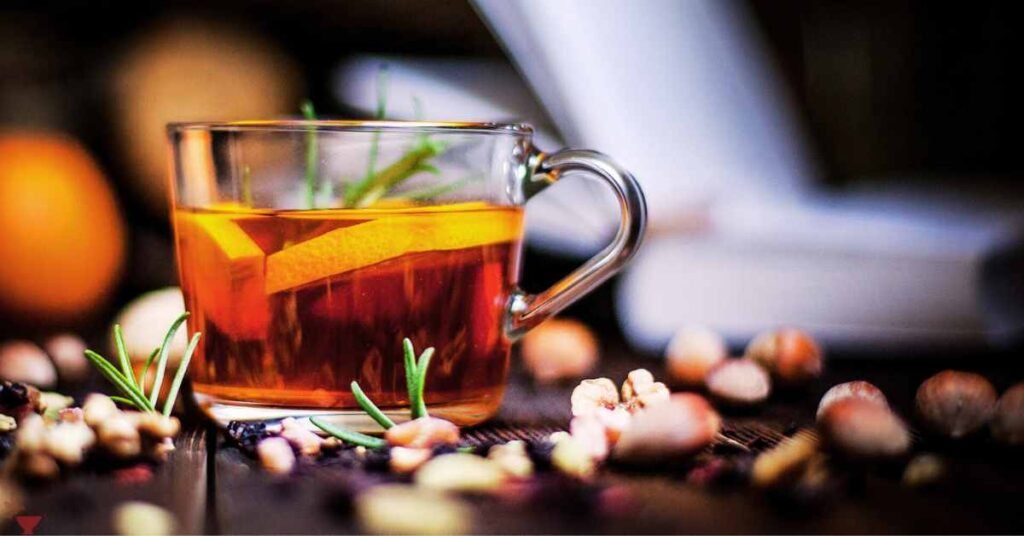Spruce tea is a traditional herbal beverage made from the needles, young shoots, or inner bark of various species of spruce trees.
It has been enjoyed for centuries for its unique flavor and potential health benefits.
Let’s delve into the properties, benefits, origin, preparation, history, uses, and more of spruce tea.
Properties of Spruce Tea

Spruce trees belong to the genus Picea and are characterized by their evergreen needles and cone-bearing capabilities.
The needles of spruce trees contain essential oils, vitamins (especially vitamin C), minerals, and antioxidants, which contribute to the properties of spruce tea.
Benefits of Spruce Tea
- Rich in Antioxidants: The antioxidants in spruce tea help combat oxidative stress and reduce the risk of chronic diseases.
- Vitamin C Source: Spruce tea is a natural source of vitamin C, which supports immune function and collagen synthesis.
- Anti-Inflammatory: The anti-inflammatory properties of spruce tea may help reduce inflammation and alleviate related symptoms.
- Respiratory Support: Traditionally, spruce tea has been used to soothe respiratory ailments like coughs and congestion.
- Digestive Aid: Some people believe that spruce tea can aid digestion and relieve digestive discomfort.
- Mood Enhancement: The aroma and flavor of spruce tea can have a calming and mood-enhancing effect.
Origin and History
Spruce tea has a long history of use among Indigenous peoples in North America and Scandinavia.
Native Americans and Indigenous communities in Canada traditionally brewed spruce tea for its medicinal properties and as a refreshing beverage.
In Scandinavian cultures, spruce tips were used in cooking and brewing, including making spruce-based beverages like tea.
Preparation of Spruce Tea

To make spruce tea, follow these steps:
- Harvesting: Collect fresh, young spruce needles or shoots from healthy trees.
- Cleaning: Rinse the spruce needles to remove any dirt or debris.
- Boiling Water: Bring water to a boil and let it cool for a minute or two (around 160-180°F).
- Steeping: Place the spruce needles in a teapot or mug and pour the hot water over them.
- Steep Time: Let the spruce needles steep for 5-10 minutes, depending on desired strength.
- Straining: Use a fine mesh strainer to remove the spruce needles from the tea.
- Optional Additions: Sweeten with honey or add lemon for flavor variation.
Uses of Spruce Tea
- Beverage: Enjoyed as a hot or cold beverage, spruce tea offers a refreshing and aromatic experience.
- Medicinal: Spruce tea is used in traditional medicine for its potential health benefits, including immune support and respiratory relief.
- Culinary: Some chefs use spruce tips or needles in cooking and baking to impart a unique flavor to dishes.
Safety and Considerations
While spruce tea is generally safe for most people, it’s essential to harvest spruce needles from non-polluted areas and ensure you have the correct species of spruce.
Pregnant women and individuals with certain medical conditions should consult healthcare professionals before consuming spruce tea regularly.
Final Word

In conclusion, spruce tea offers a blend of unique flavor, potential health benefits, and cultural heritage.
Whether enjoyed for its refreshing taste or medicinal properties, spruce tea continues to be a cherished beverage with a rich history and promising future.
MEDICAL DISCLAIMER
Itsnevernotteatime.com cannot and does not contain medical/health advice. The medical/health information is provided for general and educational purposes only and is not a substitute for professional advice.




